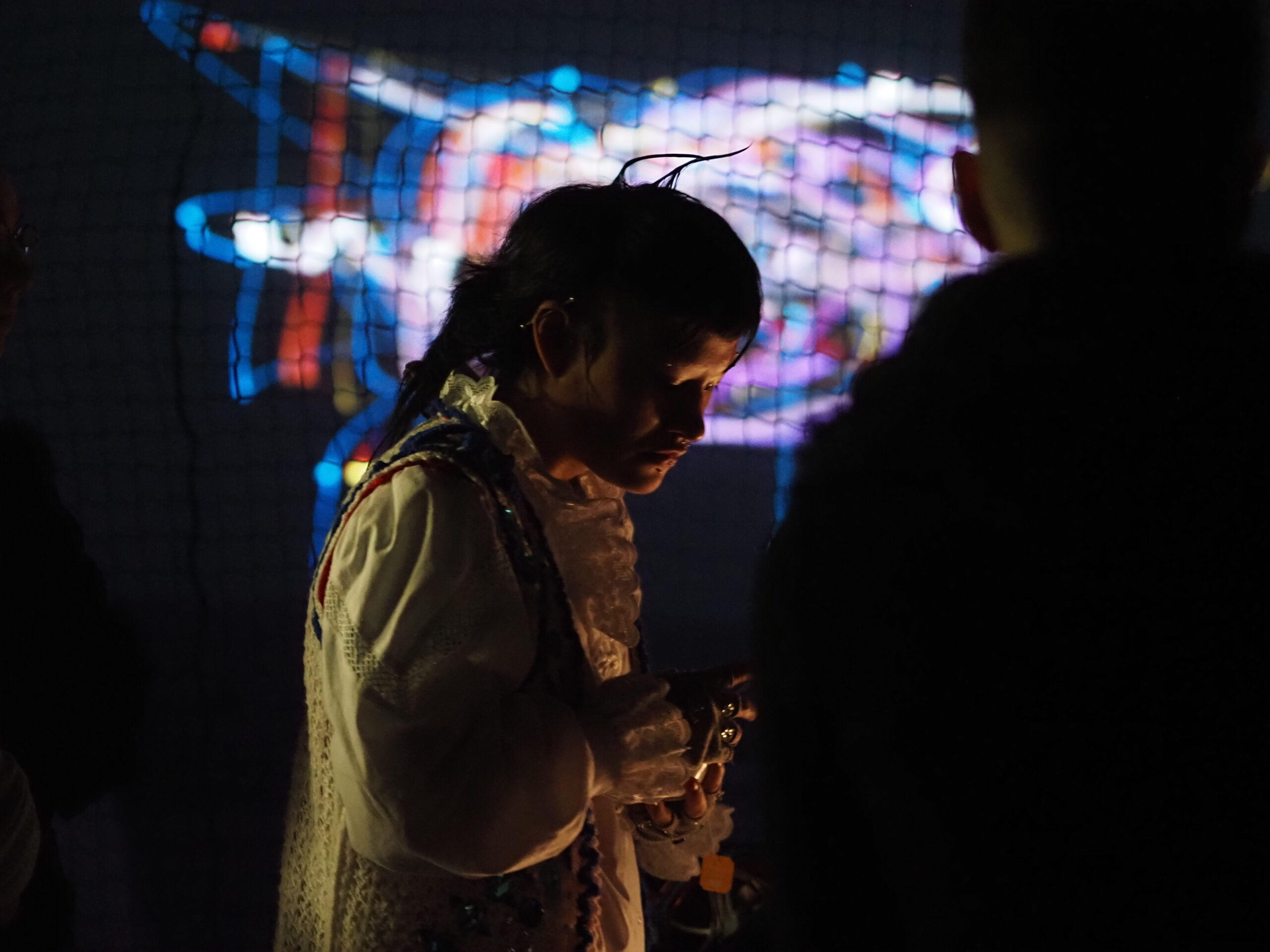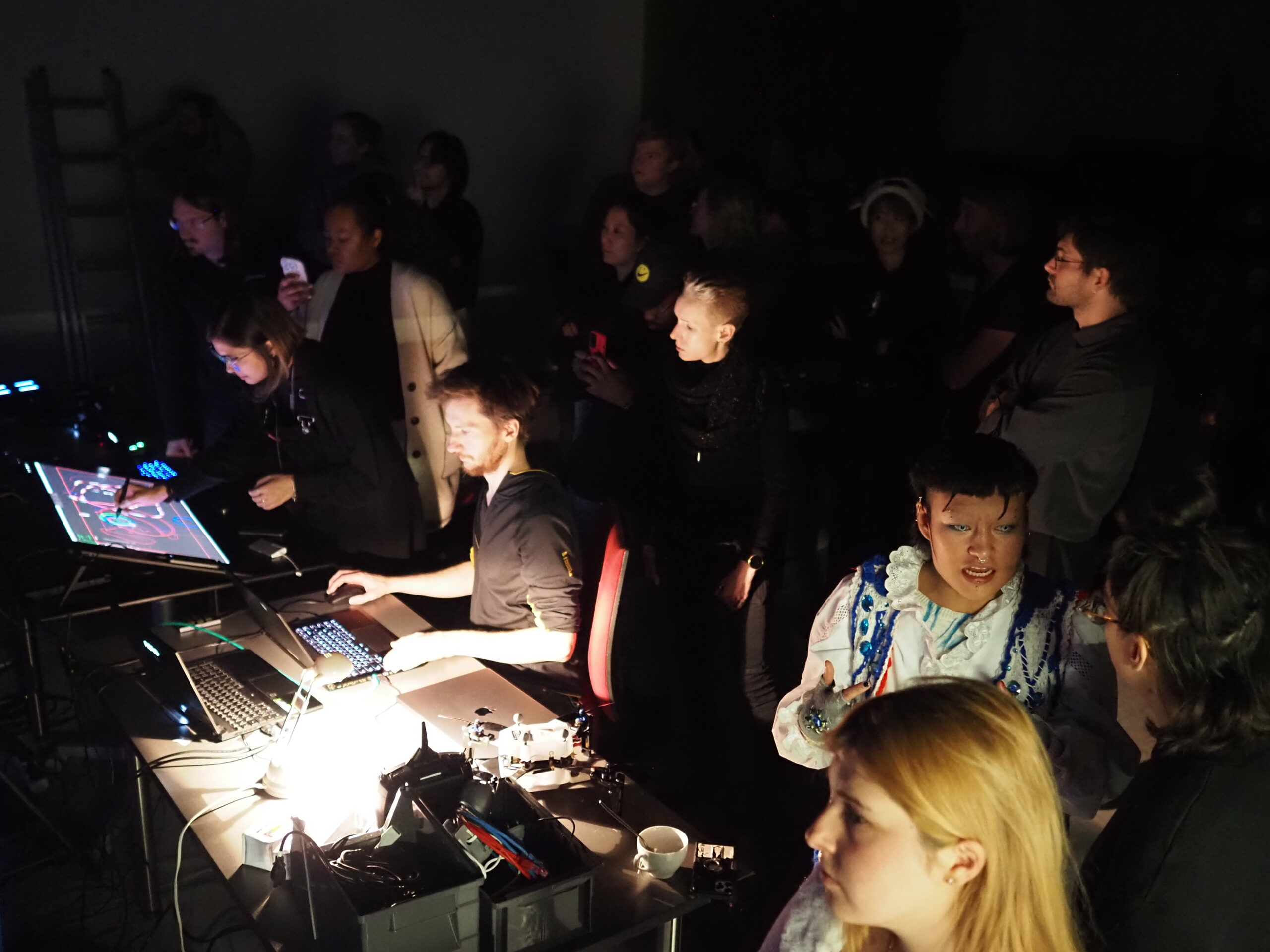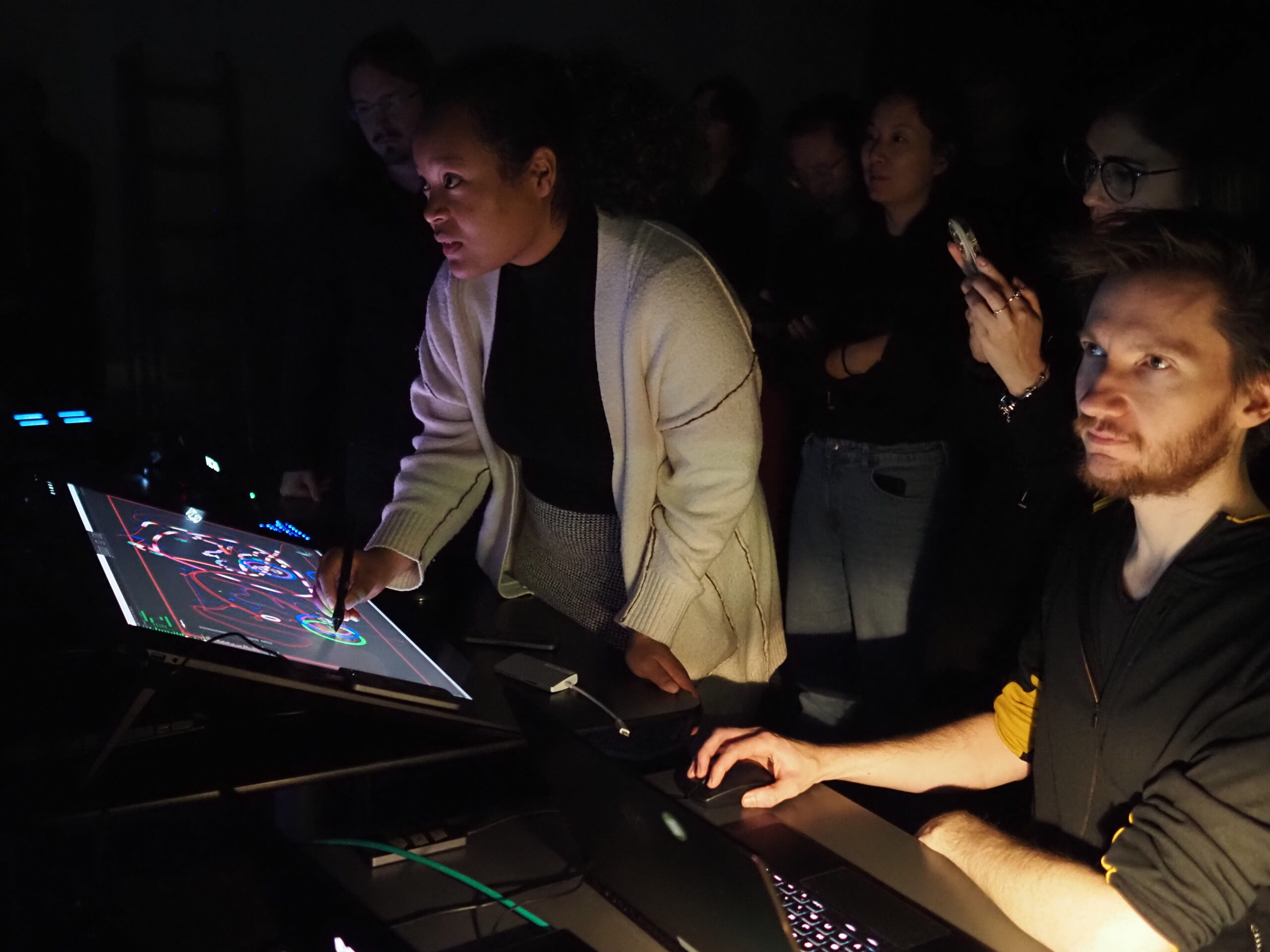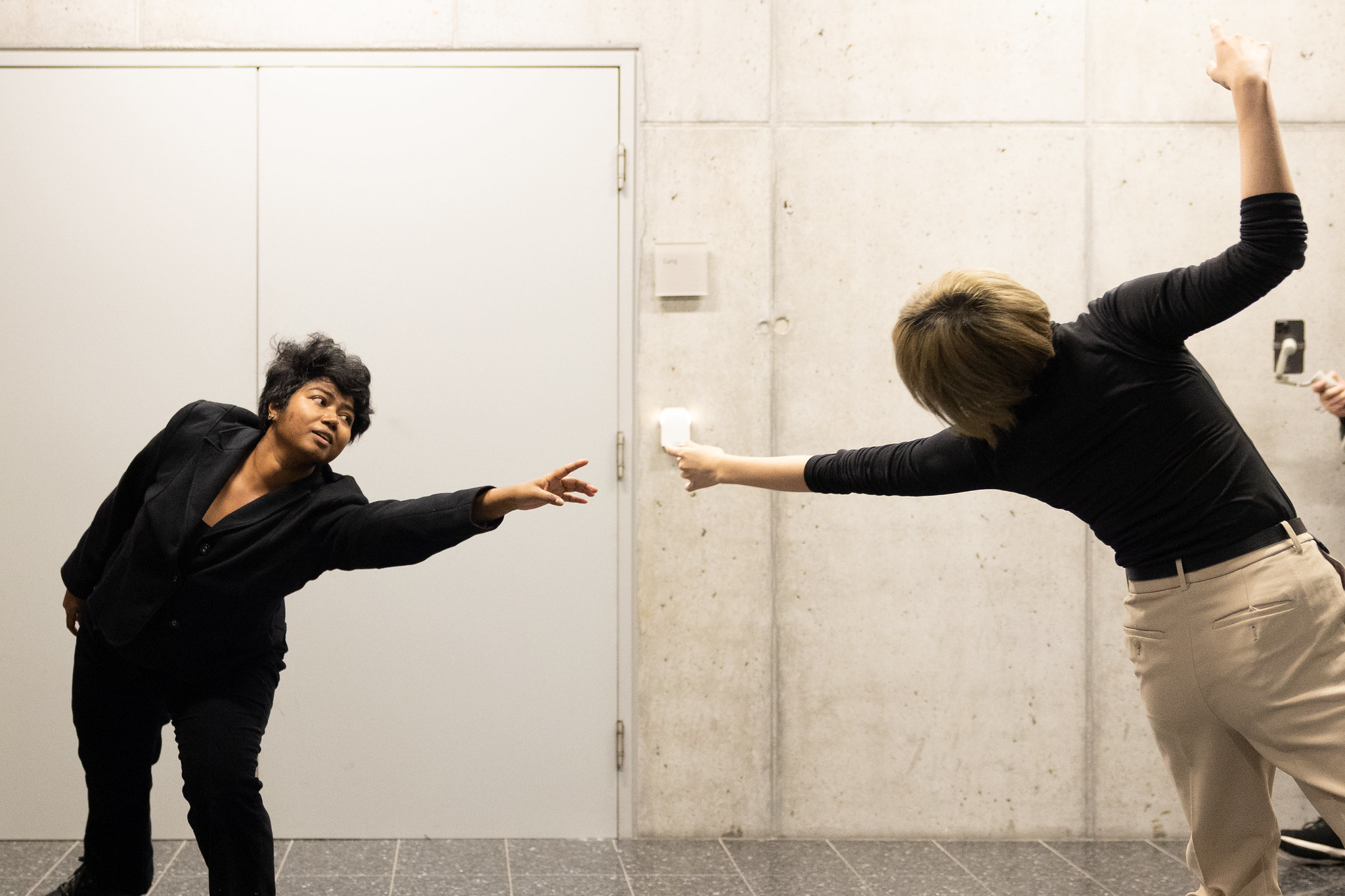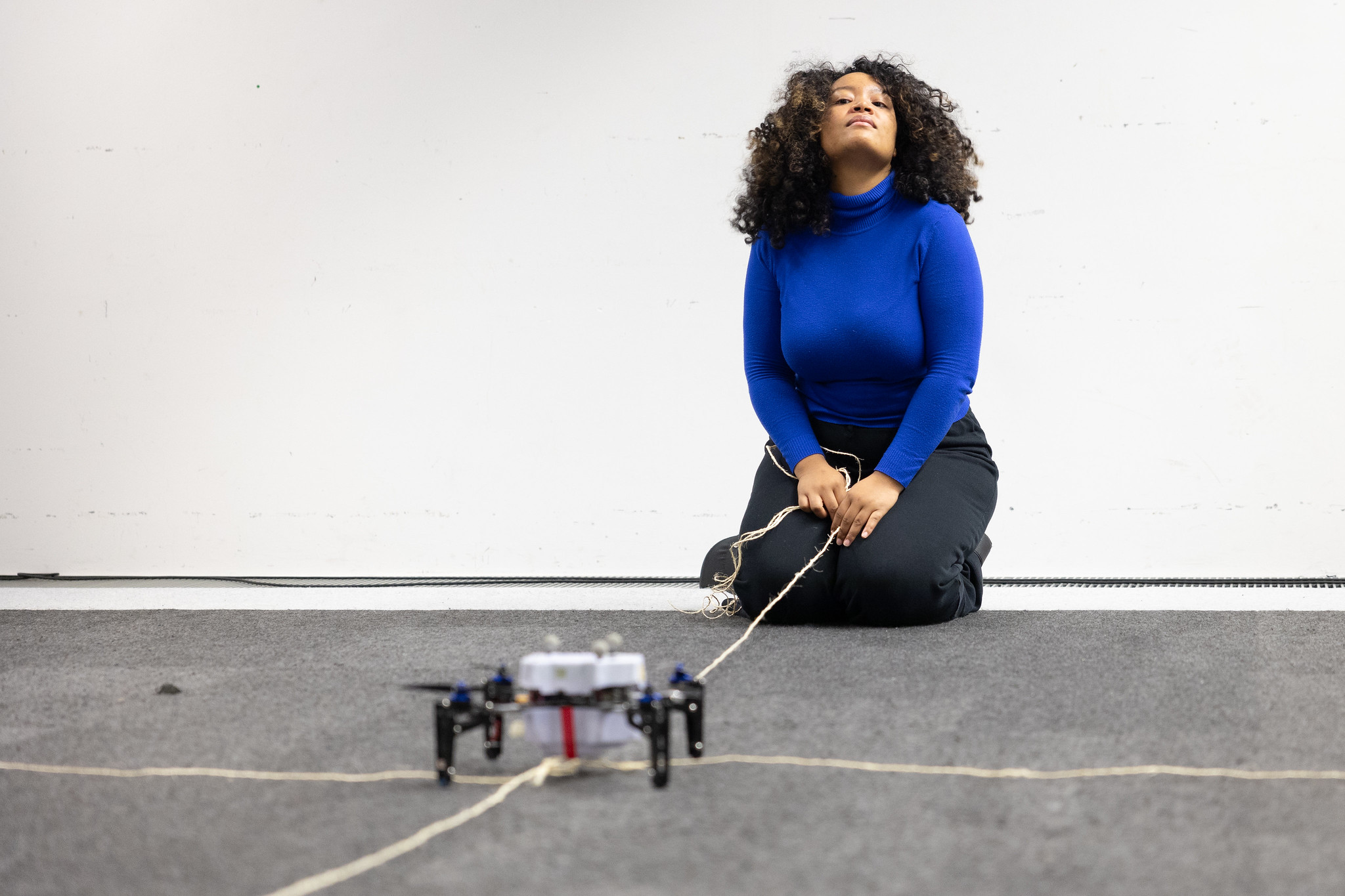The third chapter of the Fall Term is about machines from the past, present, and the future. The Fall Term is part of the FOUNDING LAB, which is a collaborative prototype of a new university.
In three stages, the Summer School, the Forum and the current Fall Term, the FOUNDING LAB offers the opportunity to try out new forms of collaboration between art and science. The aim of the Summer School was to provide students with inspiration from experts from various scientific fields so that they could gather ideas on how the new university could be designed. The FOUNDING LAB teachers, also known as Fellows, joined the forum during the Ars Electronica Festival to complement the students’ suggestions with their experience. In Fall Term, students and fellows will come together for a six-part seminar series that will cover various aspects of digital transformation in individual chapters. On the Ars Electronica blog, we present the exact topics of these six Fall Term chapters and their contents.

Looking back at the last chapters
The first chapter of the FOUNDING LAB Fall Term started with questions about digital systems, colonialist implications, and sustainable solutions for technology. Gerhard Grimm, Darsha Hannah Hewitt and Vladan Joler organized four days of intensive workshops, excursions and stimulating discussions on the topic of infrastructure, to understand large systems such as the anatomies of artificial intelligences. The second chapter by Arianna Salazar Miranda, Roland van Dierendonck and Paolo Cirio follows on seamlessly from this. Chapter 2 introduces students deeper into the topic of digital transformation, focusing on data, code and models that influence our lives. The third chapter continues the thread of the first two chapters by looking at the development of machines and their significance for humans in the past, present and future.
Chapter 3: Robots, Machines and Tangibles with Nan Zhao, RAY LC and Edwina Portocarrero
The third chapter of the FOUNDING LAB Fall Term is led by experts from various fields of science, industry, and art on the subject of machines, robots and their relationship to humans. Among the Fellows is Edwina Portocarrero, who combines her skills as a researcher, designer and teacher to work at the intersection of art, cultures, technologies and the common good. Nan Zhao works as a machine learning scientist at Tulip Interfaces. She is a graduate engineer and holds a Ph.D. in Media Arts & Sciences. RAY LC is the founder of Studio for Narrative Spaces and explores the relationship between humans and machines through storytelling. RAY’s work creates new ways of understanding the relationship between humans and technologies. The Ars Electronica Futurelab, a laboratory and studio for systems of the future, provides research results on drone technologies for this chapter. Peter Holzkorn is Key Researcher for Artificial Collectives at the Futurelab and currently in charge of Swarm Robotics. As Catalyst of the third chapter, he helps the Fellows with the planning and implementation of the chapter program and draws on Ars Electronica’s experience and network.
If you look at the history of the development of machines, you realize that they work for us both literally and figuratively. They help us to be more efficient, precise, and safe and reduce alienation, boredom and the stress of repetitive tasks. The information age has greatly changed our relationship with machines. Easy accessibility allows almost anyone to build circuits and machines from off-the-shelf parts, fueling innovation. Our relationship with robots could change soon as advances in artificial intelligence transform the way machines work. The central question is: How will the role of machines change, and more importantly – how will we change as a result?
The first day of this chapter is themed Collision: students and fellows introduce themselves to each other, not as themselves, but as futuristic machines – what characteristics, what stories would a machine that is somehow me have? Peter Holzkorn, Futurelab Catalyst and coordinator of the third chapter, will then take us on a fast-forward tour through 11 years of Futurelab research in the field of swarm robotics, from the well-known Spaxels to the Space Ink project – which can then also be experienced and understood in the Futurelab Studio, thus bringing people and robots together in physical space right at the beginning of the chapter and provoking a collision of different ideas, perceptions and expectations.
On the second day, with the theme Machines of the Future, RAY LC will begin with an introduction to his own work with human-robot interactions in art performances and other unusual settings. In the afternoon, it will be the students’ turn to develop their own vision of future machines: How will their role and level of autonomy evolve? What degree of autonomy can we accept when machines act? This raises the question of how robots could work in the future. These considerations will be tested immediately. As part of the “Future Machines Workshop”, RAY LC challenges students to use generative artificial intelligence (such as ChatGPT or Stable Diffusion) to devise, describe and visualize tasks and scenarios that we can imagine for robots – and thus reveal individual and collective utopias. “Generative artificial intelligence” means that algorithms, i.e., instructions, are used to generate data. Today, generative AI, which works through machine learning, is used in many areas, such as architecture, chemistry or in the development of video games. Another area of application is chatbots such as Chat GPT, which can help students with ideas for AI applications.
From speculation about the future to reality check: The third day, Machines of the Now, provides an insight into the areas of application of machines in industry today, as part of a visit to the Mark metal goods factory in Spital am Pyhrn. Here, students can familiarize themselves with the current state of technological progress and experience automation technologies on site. The tour of production followed by a discussion with automation engineers is intended to raise questions about our perception of machines and their actual use. What significance do machines have in a manufactory like Mark? The students are asked to think about the role that machines and robots play in their own lives. Nan Zhao discusses with the students where machines and people are indispensable – and how technological innovations influence the labor market and the role of work in our society.
Day 4 – Becoming Machines: The final step is to think of ourselves as machines, or at least imagine what it would be like to think and feel like one. After an open discussion with Edwina, students are challenged to “program” themselves and robots at the same time: The drones shown at the beginning of the chapter now serve as a tool for an artistic exploration: the Drone Design Challenge forms the final and convergence point of the third chapter. Three teams of students are challenged to think about the choreography of mechanical and organic bodies. Drones and humans can work together to visualize the relationship between humans and machines. The trajectories of the drones are programmed using 3D design software and templates provided by the Futurelab team, and the teams are free to act as dancers and performers together with the drones in space – using video projections, sound, and any objects. Important questions that the students ask themselves to shape the performance: “What can drones do that humans can’t?” “What are the limits of drones’ capabilities?” and “Imagine a future in which drones are used. How should they be used?”. The results, which are produced in just a few hours, are creative, stylistically diverse, and impressively profound: our future with intelligent machines has clearly moved everyone.
The intensive examination of the interfaces of digital applications, in particular the example of Space Ink from the Ars Electronica Futurelab, already points to the focus of the next chapter, “Interfaces & Visualisations”, which follows on seamlessly from the third chapter. The Fellows of the fourth chapter are Dietmar Offenhuber, Associate Professor and Chair of Art and Design at Northeastern University in the fields of Information Design and Urban Affairs, Jiabao Li, Assistant Professor at the University of Texas at Austin and Founding Director of the Ecocentric Future Lab, and Barbara Lippe, co-founder of Holodeck VR and PhD candidate in Game Studies. Together, they rethink conventional ideas of reality by changing their perspective. With the help of various scientific approaches, the students will look beneath the surface of traditional thinking. This can mean empathizing with other life forms such as animals or trying out new ways of presenting knowledge.
Chapter 4 of the Fall Term follows from 26 to 29 November. More information about the FOUNDING LAB can be found here.

